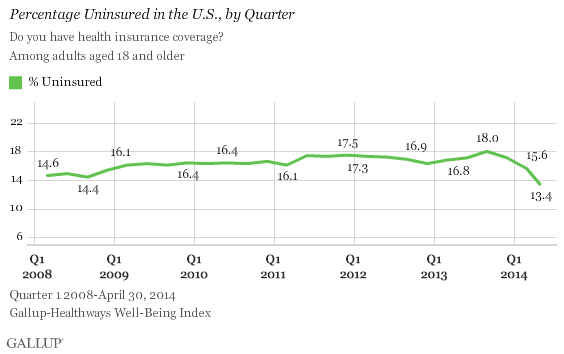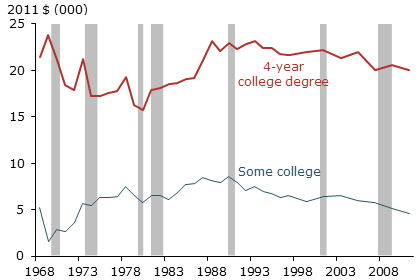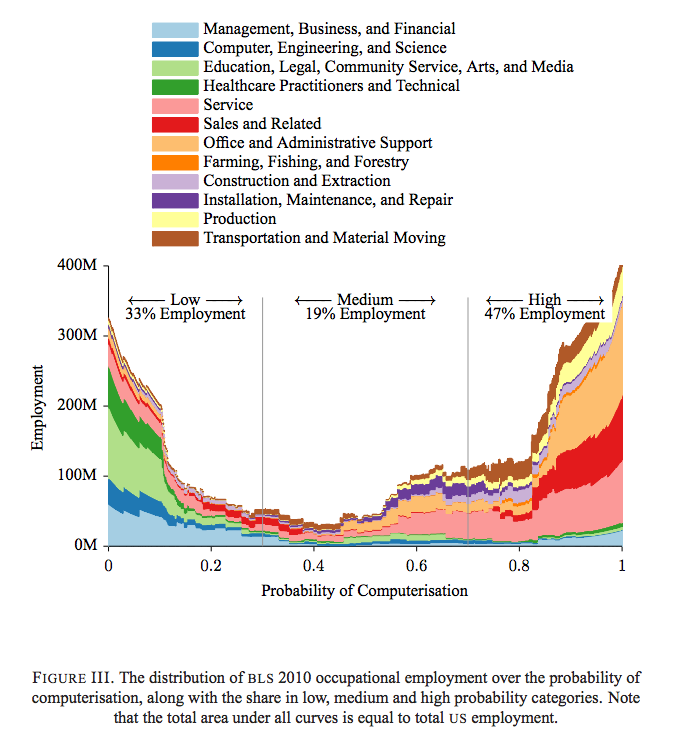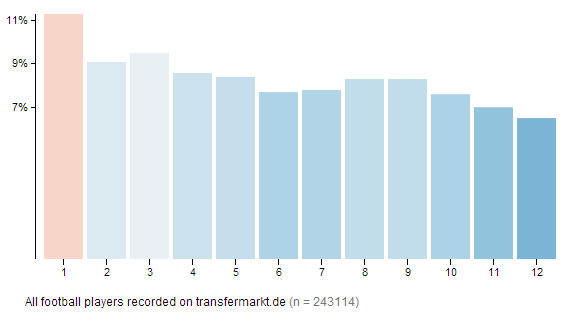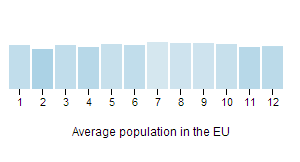CHART OF THE DAY: The slow-to-empty nest
Super chart on the increasing percentage of young adults that remain living with their parents/families, (courtesy of Business Insider) that I wanted to share here on the blog, and then offer up a couple of comments/observations on the data.
First the chart:
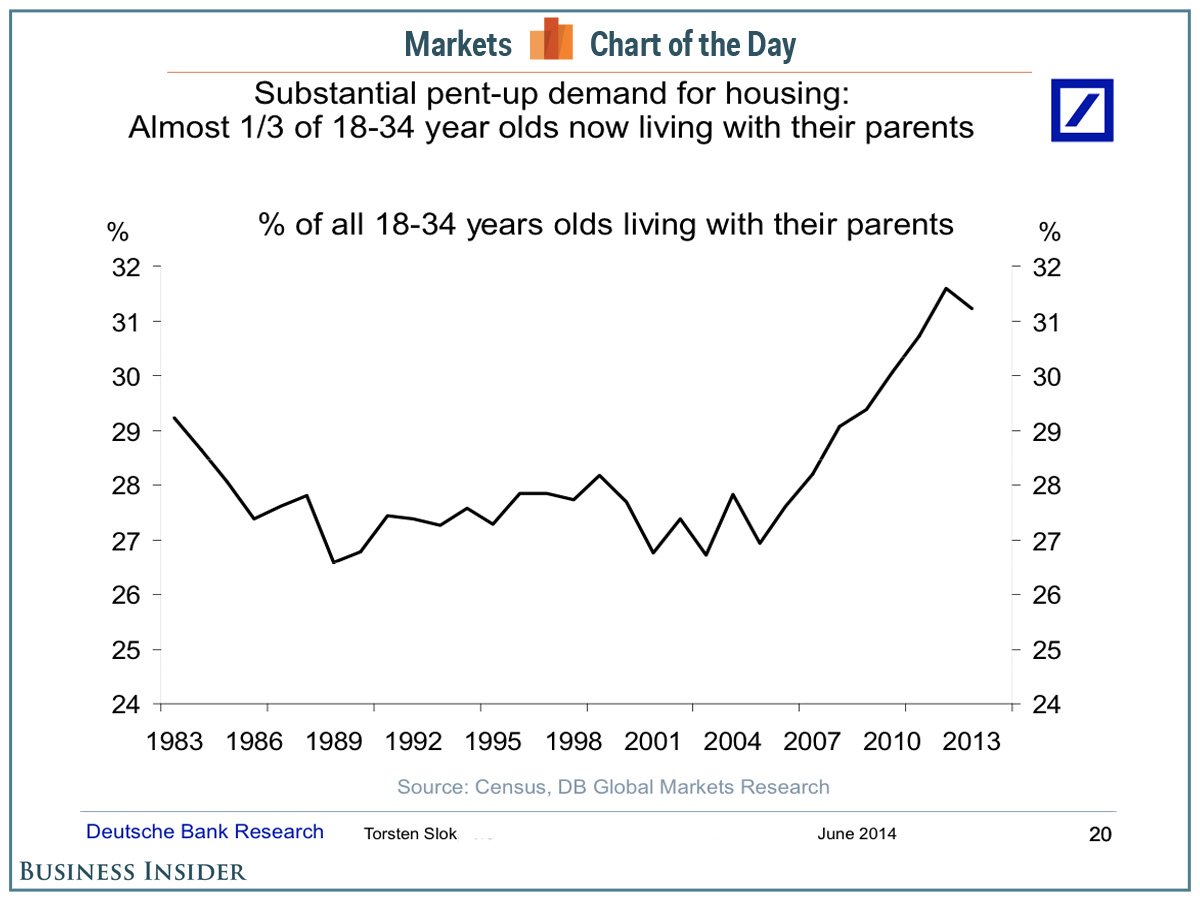
Sort of makes sense, right? Probably from both an observational and anecdotal perspective - we all know some 27 year old slacker still living in the parent's basement - and from a macroeconomic one as well. The lingering effects of the recession has made it tougher for many young adults to find jobs that pay well enough to allow them to strike out on their own. Combined with the consistent rise in college attendance, (needed in order to even try and find one of those elusive jobs), we now have more and more "kids" still living at home than we did even a few years earlier.
What might this trend mean for HR/Talent pros?
I can think of one thing for sure - the willingness for younger workers to switch jobs for even small reasons - a minor bump up in compensation or a slightly better working location. When you are not encumbered having to cover your own monthly mortgage or rent, and just have to maybe toss Mom and Dad a few bucks every week to keep the fridge stocked with Mountain Dew, then you are not really tied down by much of anything, including your job.
On the flip side though, that situation provides opportunity for HR and recruiters looking to poach those kinds of younger workers themselves. No house, no mortgage, no big set of monthly bills and trips to the Home Depot = someone more able to take off on short notice and take a new job, maybe even one in another state or country.
Mom and Dad could be totally enabling these kids, and perhaps that is not a good thing, but then again, a generation of more flexible, mobile, and recruitable workers could mean good news for you as an HR/Talent pro.
Have a great day!

 Steve
Steve
